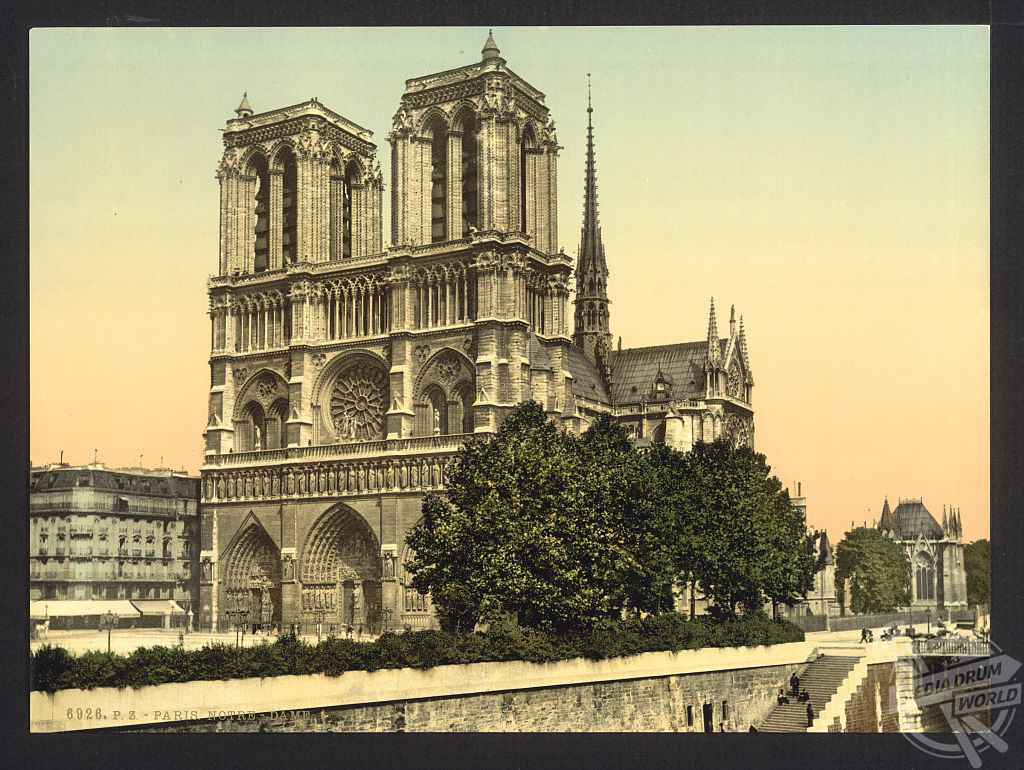By Liana Jacob
FROM NOTRE DAME in Paris to The Vatican in Rome, colour photographs from the nineteenth and twentieth century paint a picture of what the most popular European capitals looked like one hundred years ago.
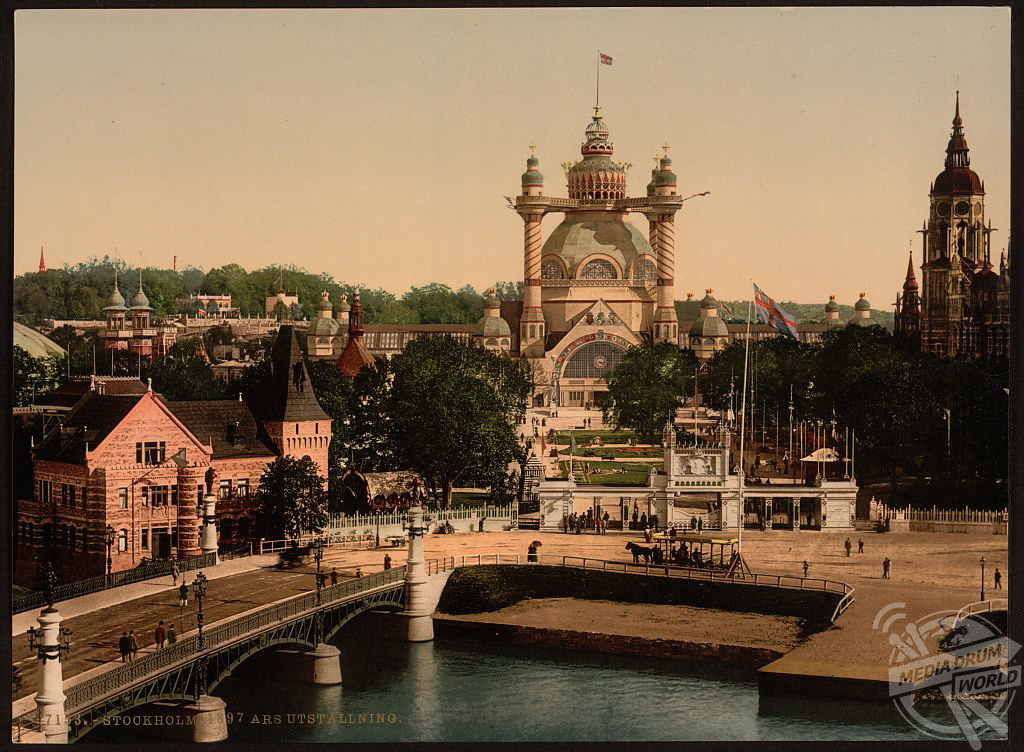
Public domain / mediadrumworld.com
The stunning stereographs show the magnificent architecture of Europe’s most celebrated capitals; the Arc de Triomphe in Paris, the Coliseum in Rome and the British Museum in London.
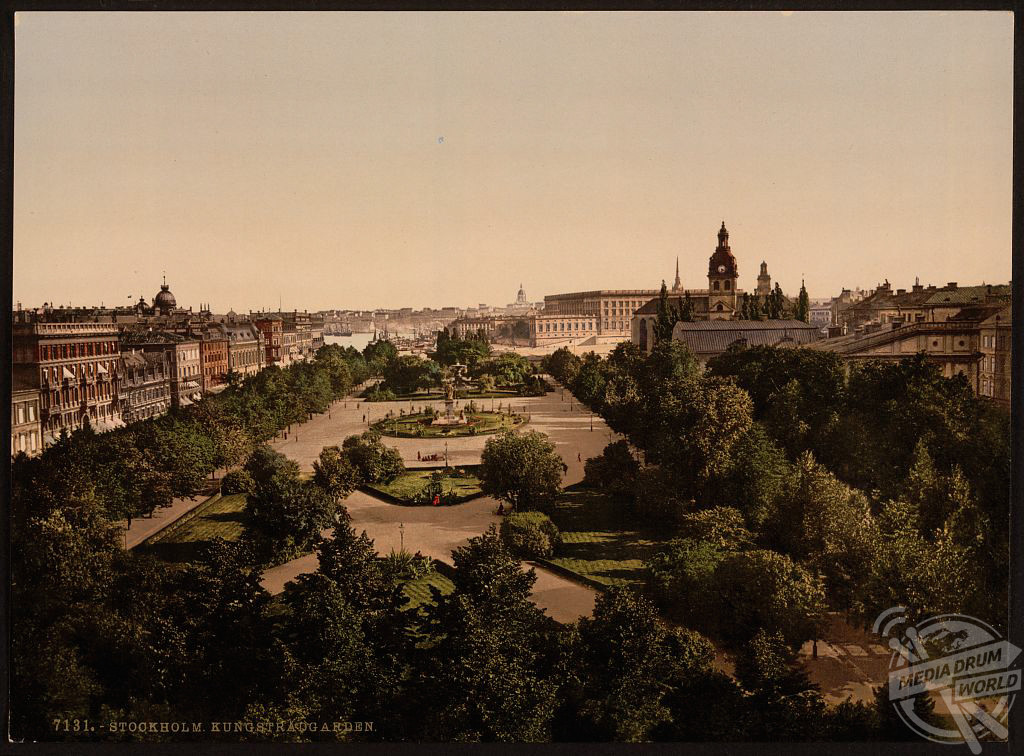
Public domain / mediadrumworld.com
The hustle and bustle of natives and tourists walking around Piccadilly Circus, London, seem to remain the same since the late nineteenth century and early twentieth century.
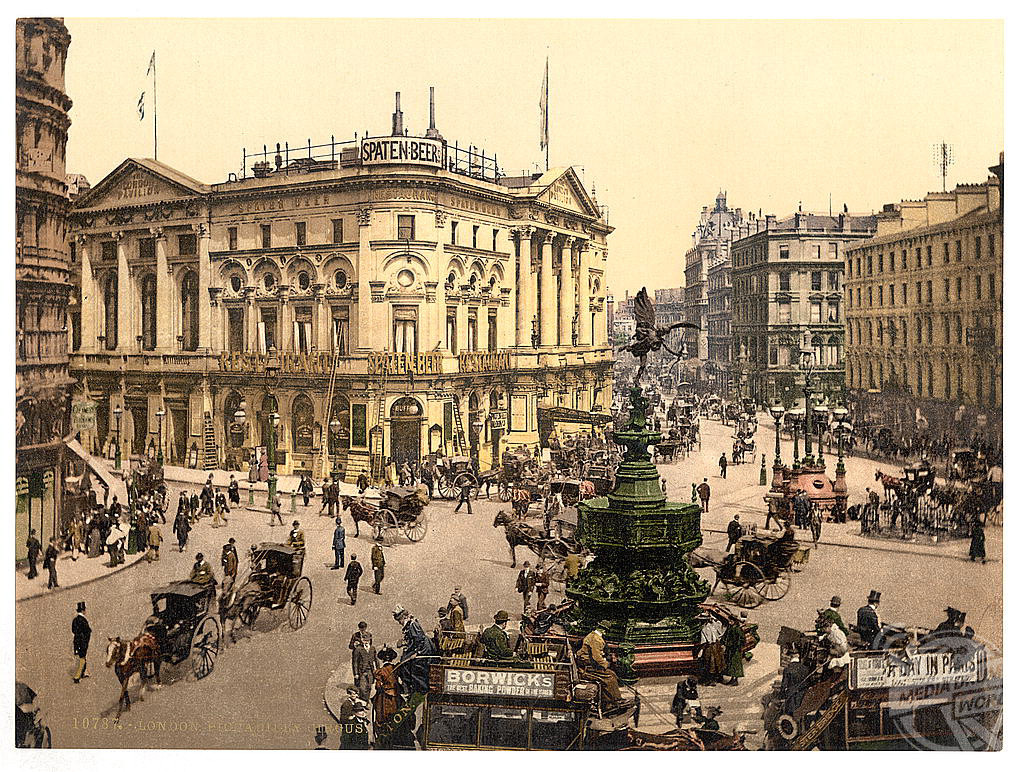
Public domain / mediadrumworld.com
The remarkable photographs illustrate the dignified structure of the Louvre in Paris, the entrance of the Prague Castle, Skansen in Stockholm, Sweden and the museum in Amsterdam.
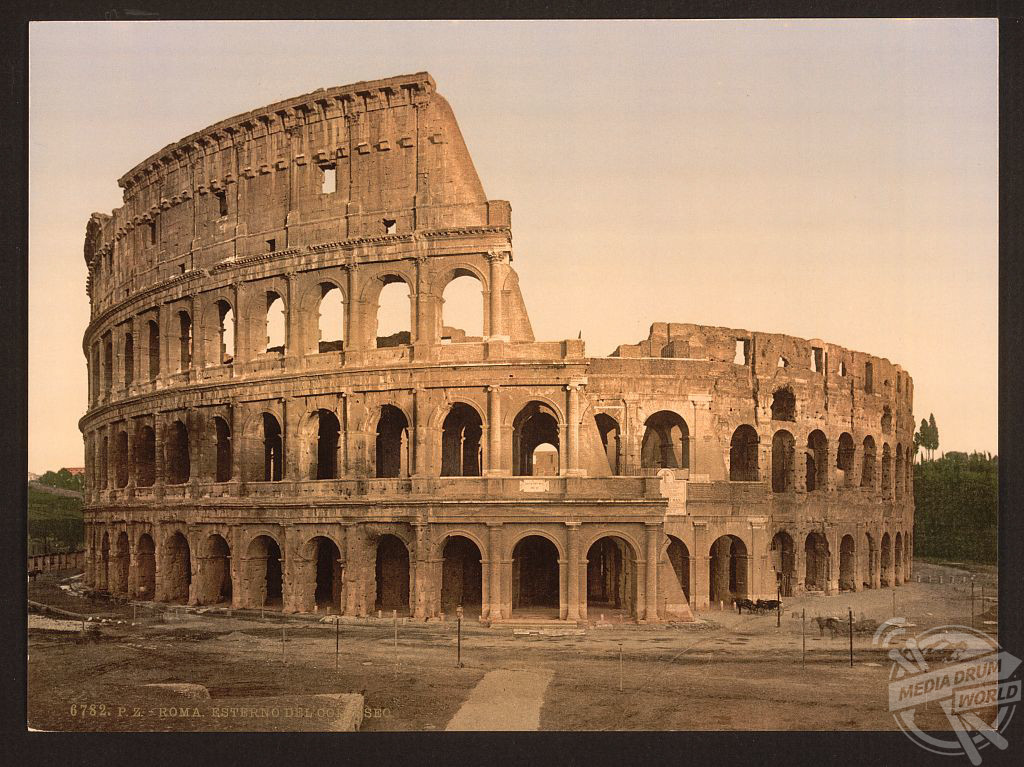
Public domain / mediadrumworld.com
The Mint Tower in Amsterdam was originally part of the Regulierspoort, one of the main gates in Amsterdam’s medieval city wall.
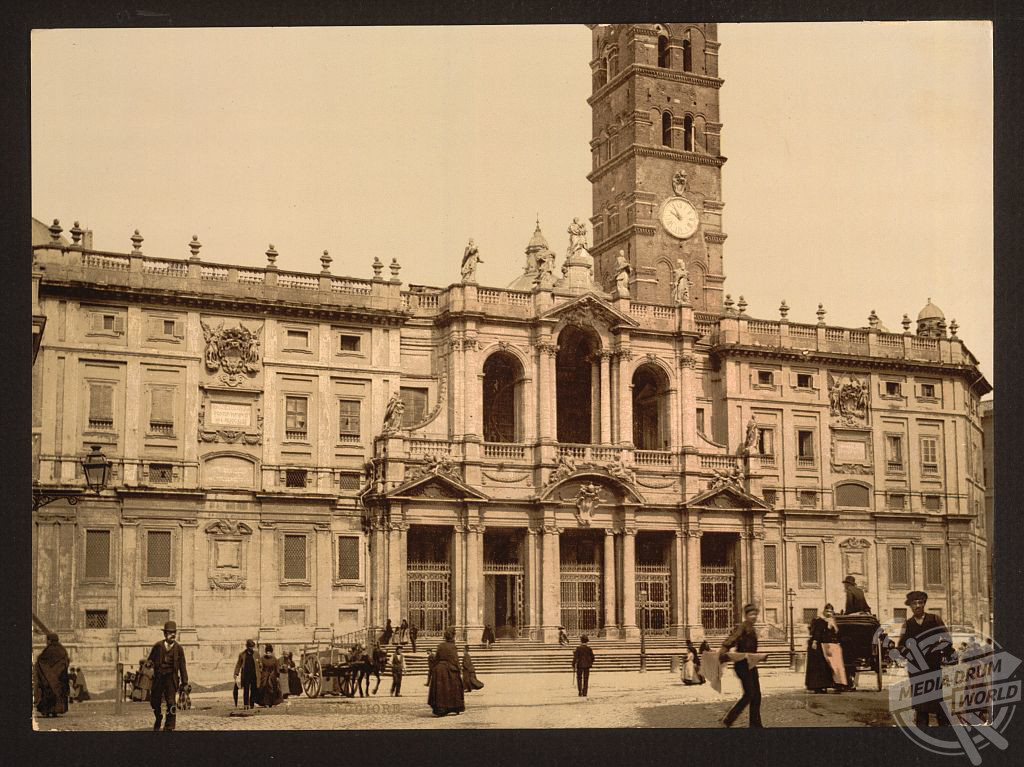
Public domain / mediadrumworld.com
The gate was built in 1480 and consisted two towers and a guard house. In 1618 the gate burst into flames and only the guard house and part of the western tower remained undamaged. It was re-built in Amsterdam Renaissance style in 1620.
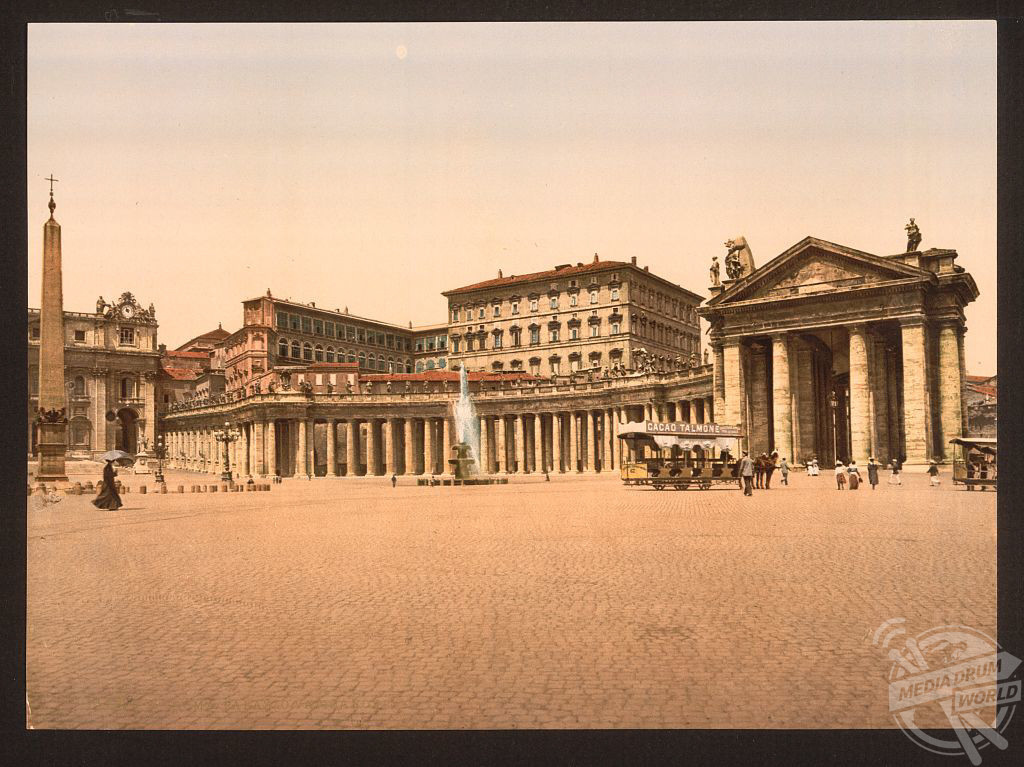
Public domain / mediadrumworld.com
The Louvre is considered the largest museum in the world and roughly 38,000 objects from pre-history to the 21st century are exhibited.
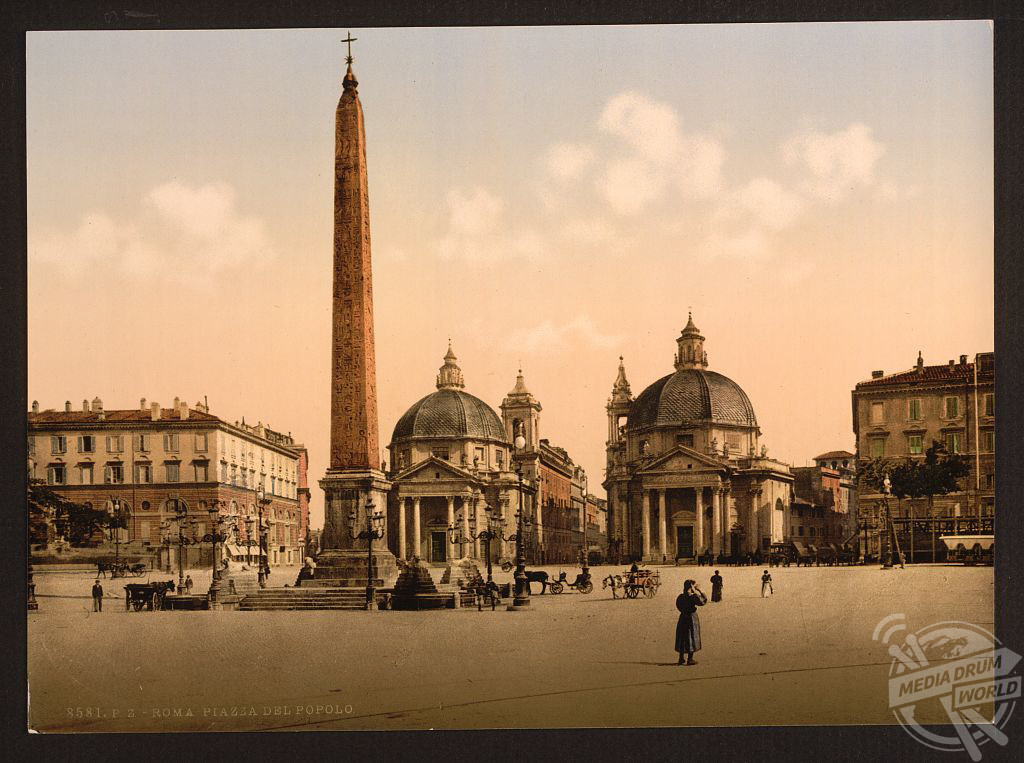
Public domain / mediadrumworld.com
It is housed in the Louvre Palace and was originally built as a fortress in the late 12th century under Philip II. Remnants of the fortress are visible in the basement of the museum.
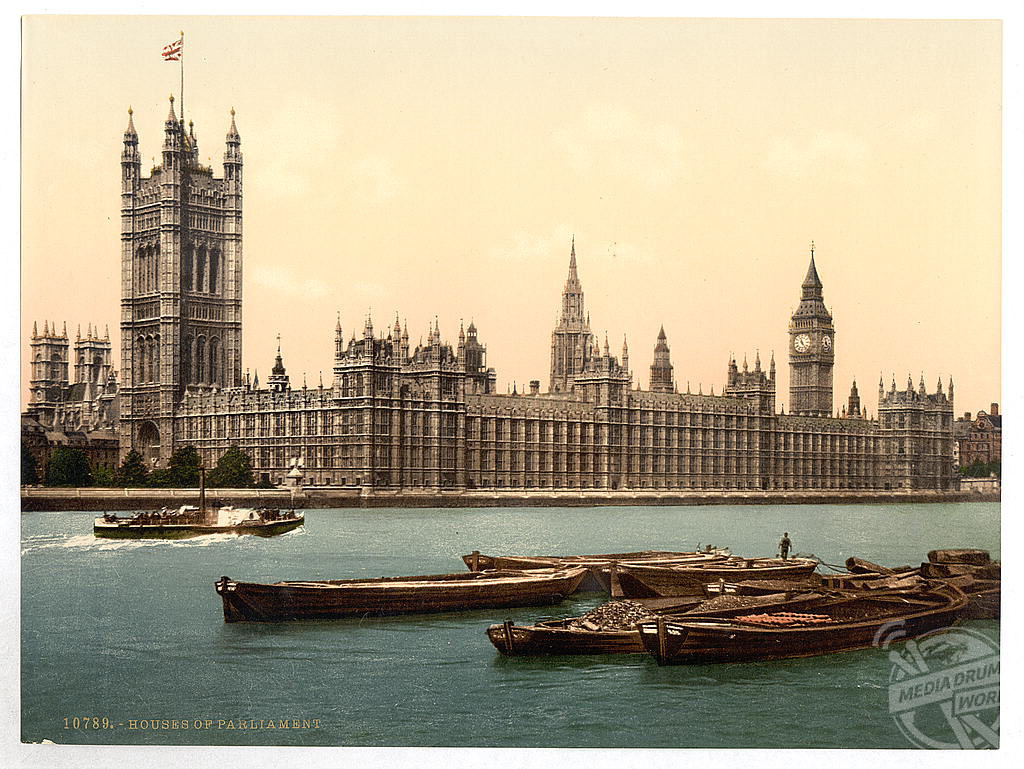
Public domain / mediadrumworld.com
The Colosseum in Rome is the largest amphitheatre (open-air building) ever built. It can hold an estimated number of 50,000 and 80,000 spectators, having an average of 65,000.
If you are ever in Rome, one thing you shouldn’t miss out on is booking colosseum tours.
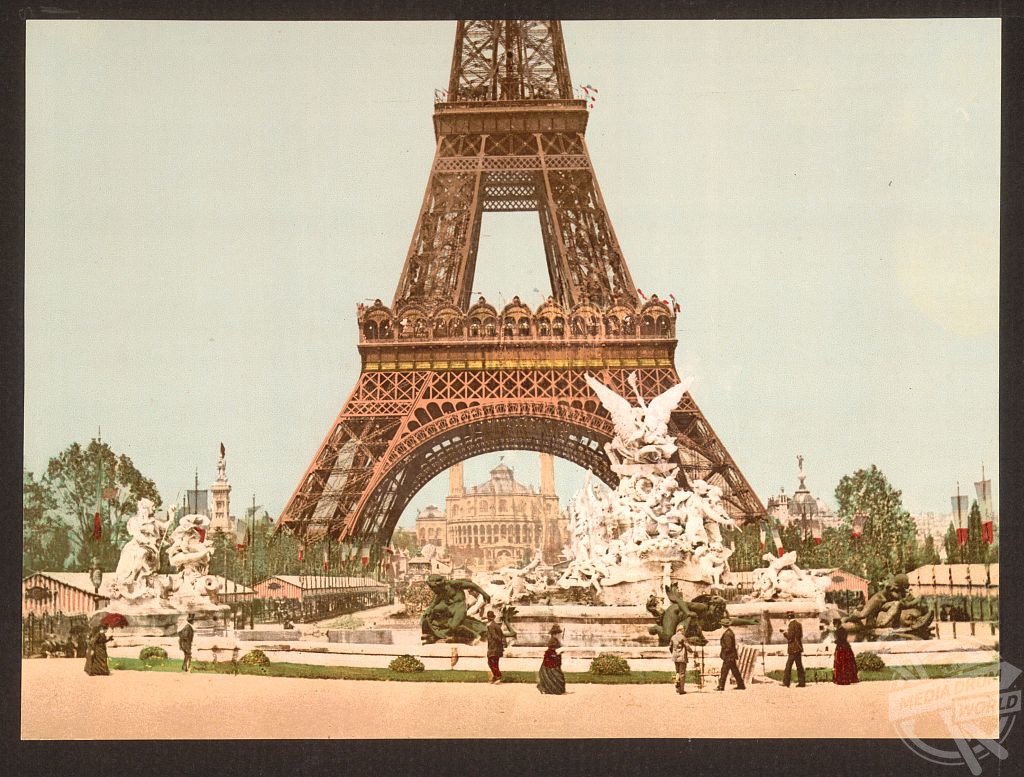
Public domain / mediadrumworld.com
It was used for gladiatorial contests and public spectacles such as mock sea battles, animal hunts, executions and re-enactments of famous battles.
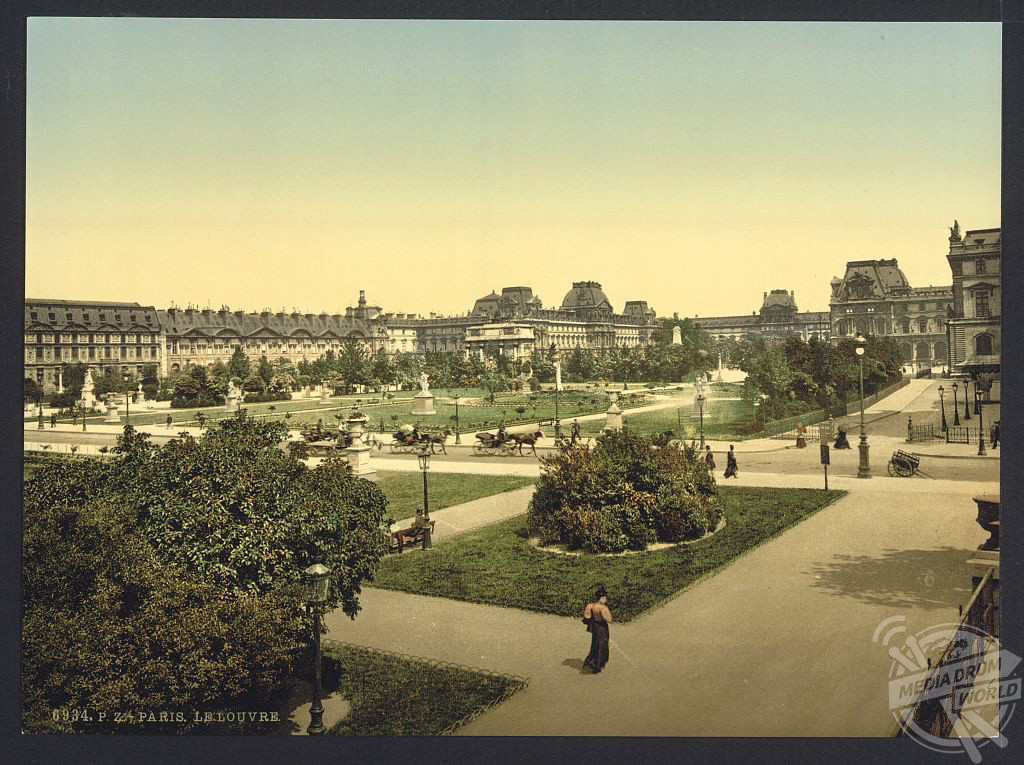
Public domain / mediadrumworld.com

